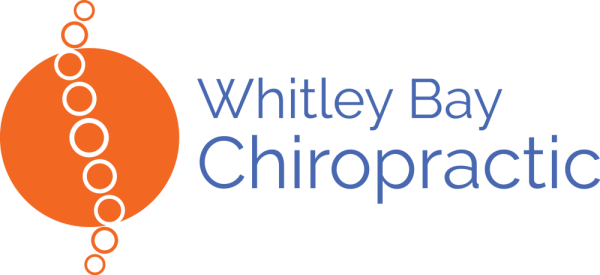Active Release Techniques (ART) Tennis Elbow
For more fitness, rehab, and news about our Tennis Elbow Workshops, follow us on Facebook and Twitter.
A Patient Guide to Lateral Epicondylalgia (LE) aka Tennis Elbow.
- Research shows Myofascial Release is better than standard therapies.
- Exercises help- try isometric (no movement) and eccentric (negatives) exercises.
- There is some inflammation in some tendon problems, ice may help after heavy use.
- MRI may be better than diagnostic ultrasound in identifying LE.
- Steroid injections don’t provide long-term benefit.
Should I ice it? The inflammation debate! There may be some swelling but in most cases ice is not needed.
Over the last few decades, LE stopped being considered a tendinitis because little evidence of inflammatory markers were found. Tendinopathy became the new term of choice, but recent research found convincing evidence that the inflammatory response is a key component of chronic tendinopathies like LE. My take: some inflammation is there, but it may be an important part of healing. Only ice after heavy use.
What causes the pain?
In a nutshell, tendinosis involves too much tendon breakdown and not enough repair. When repetitive micro trauma damages cells, they create new collagen which is structurally different.
Is exercise the answer?
Exercises helped relieve pain in the short-term compared to no intervention 2011 study.
Exercise progression- isometrics before eccentrics
Isometric exercises involve putting a muscle and tendon under tension, but no movement. In some cases I give this exercise with the wrist and finger in varied positions.
Eccentric exercises with a band for LE are often helpful and easy to do.
Will it go away on its own?
A 2002 study found in 83% of cases of LE resolved at 52 weeks with no intervention.
Does manual therapy help?
Researchers compared Active Release Techniques (ART) and Myofascial Release to a control group receiving therapeutic ultrasound, 1 2 the release techniques were found to be much more effective. Two case reports also found them effective 1 2. A recent study found myofascial release effective in treating plantar fasciitis, which is similar to tennis elbow. Find an ART provider near you.
What about injections?
Steroid injections were found to provide worse outcomes than placebo in a 2013 study. “There may be a short-term pain relief advantage found with the application of corticosteroids, but no demonstrable long-term pain relief” – 2014 review.
A 2016 trial found- “Among patients with chronic unilateral LE, the use of corticosteroid injection vs placebo injection resulted in worse clinical outcomes after 1 year, and physiotherapy did not result in any significant differences.”
Are MRIs or ultrasound scans needed?
A 2014 review concluded, “power doppler ultrasonography and real-time sonoelastography (is) expensive, and …this technology did not significantly add to the sensitivity and specificity of Gray-scale Ultrasonography”.
There is evidence of MRI signs of oedema on the asymptomatic side of many LE patients. Thickening or partial tearing was not found on the asymptomatic side. Therefore if the non-painful side shows swelling, it may not be important for an MRI to find the sore side has swelling!
Conclusion
Combine manual therapy with an exercise program, before getting an injection.
Find an ART provider near you.
Make an appointment to see me at Whitley Bay Chiropractic.
Articles on soft tissue therapy I wrote or contributed to:
Telegraph Active Release Techniques for injuries
STACKNew Age of Golf Training is Creating Stronger and More Athletic Golfers
Athletics Weekly Performance Therapy for Greg Rutherford
220 Triathlon Sports massage and ART differences
Vigour Magazine Sports Performance
Progenex ART for CrossFitters
FIT Institute Research based hamstring therapies
Titleist Performance InstituteWhat Performance Therapy Looks Like For Top Golfers
Podcasts
